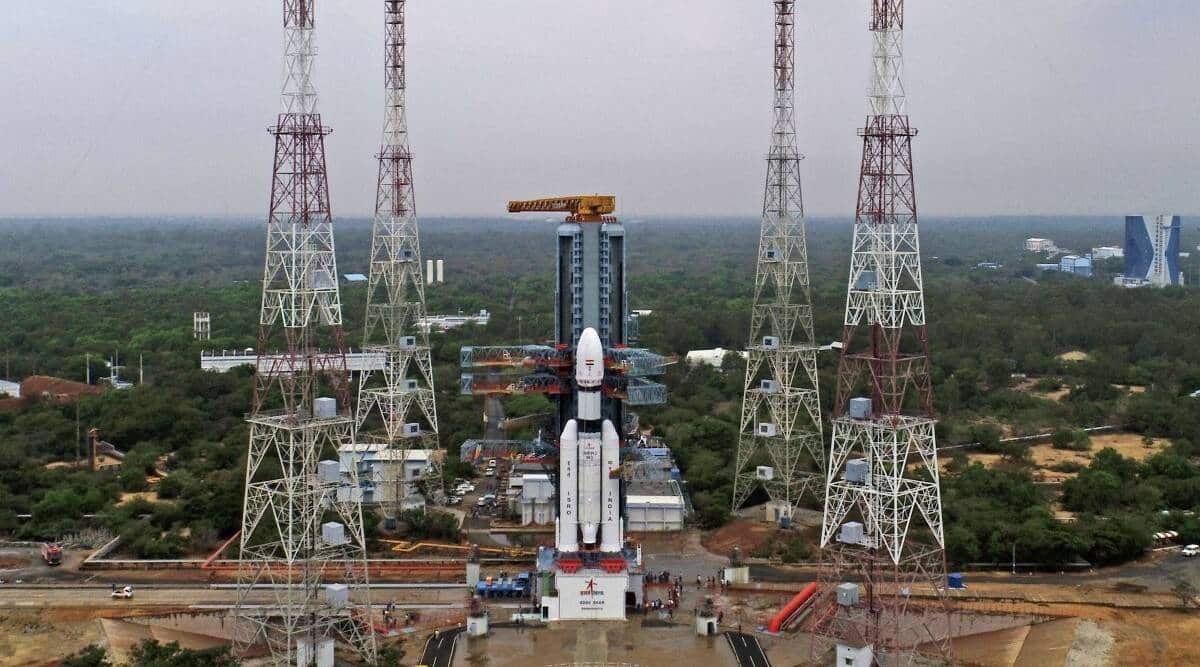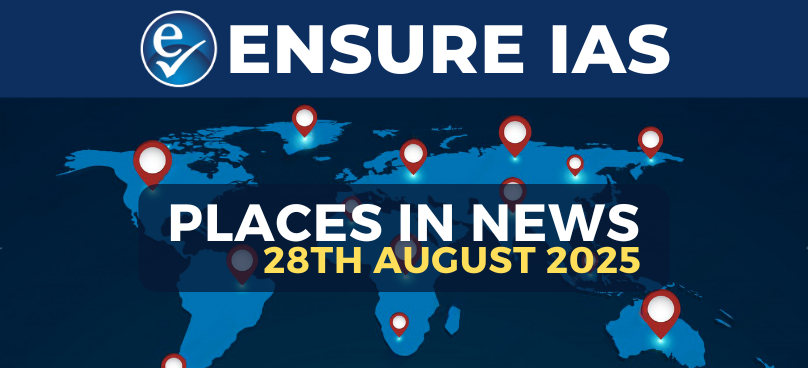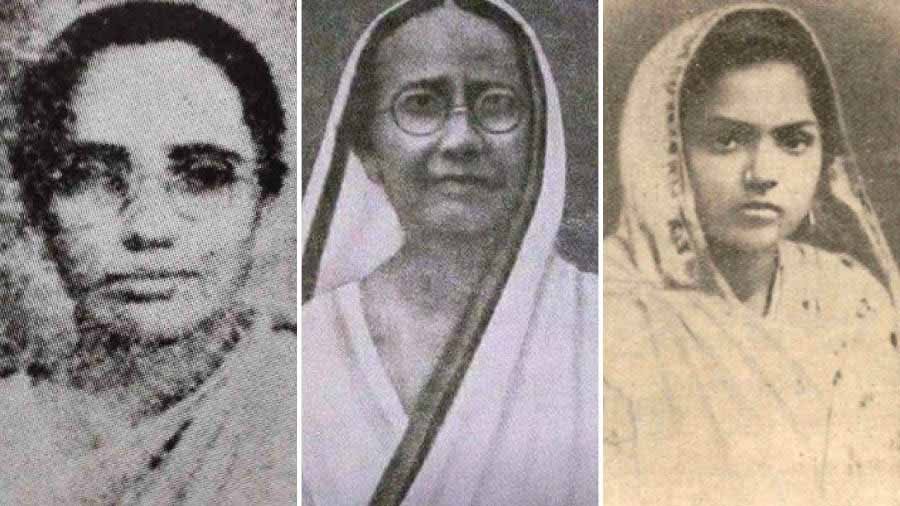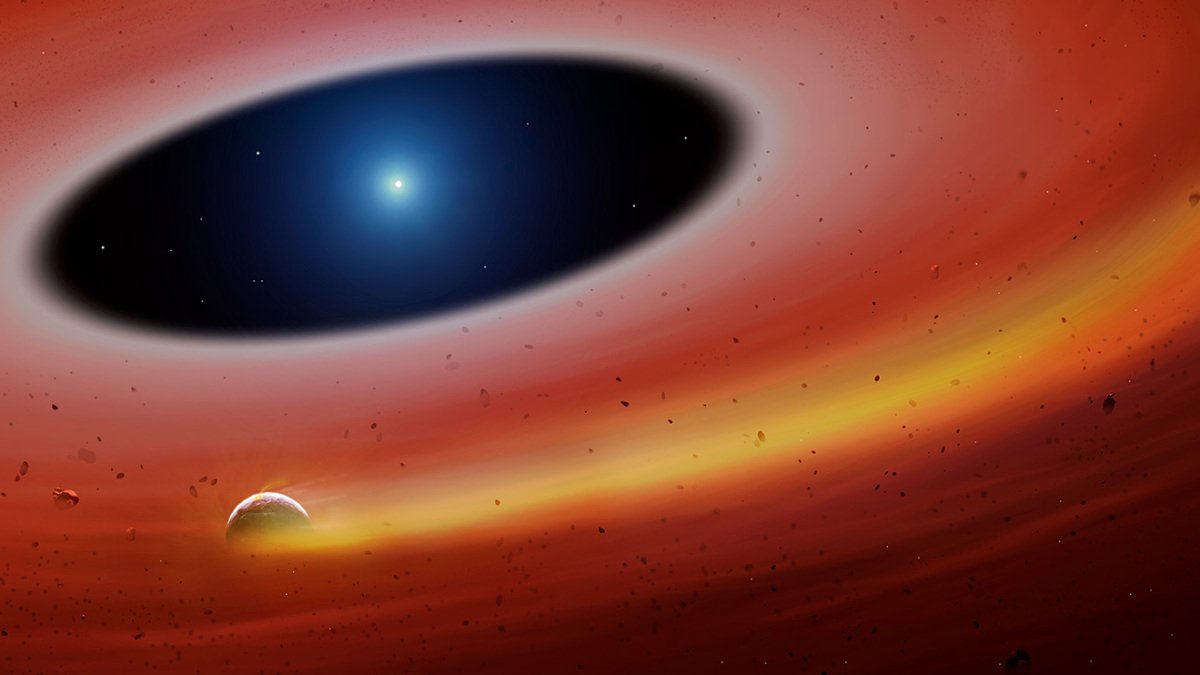Why in the News?
- The Indian Space Research Organisation (ISRO) is developing its heaviest rocket ever, named Lunar Module Launch Vehicle (LMLV).
- It will be as tall as a 40-storey building and is expected to be ready by 2035.
- The LMLV will play a central role in India’s lunar missions, including the first planned human mission to the Moon by 2040.
Key Highlights
- About the LMLV
- New rocket under development by ISRO.
- Will dwarf ISRO’s current heaviest rocket LVM-3.
- Capable of carrying 80 tonnes to Low Earth Orbit (LEO) and 27 tonnes to the Moon.
- Will have a three-stage design:
- First two stages: liquid propellant.
- Third stage: cryogenic propellant.
- Strap-on boosters are taller than the entire LVM-3.
- Comparison with Current Rockets
- LVM-3 (GSLV Mk-III):
- Carried Chandrayaan-3 to the Moon.
- Human-rated for Gaganyaan mission.
- LVM-3 (GSLV Mk-III):
- Max payload to LEO so far: 5.8 tonnes (can go up to 10 tonnes with upgraded LOX–kerosene engine).
- NGLV (Next-Generation Launch Vehicle):
- Initially planned for space station modules.
- Design dropped; its role was absorbed by modified LVM-3 and future LMLV.
- Purpose & Missions
- To support future lunar missions including human landing on the Moon by 2040.
- To carry heavy spacecraft:
- ISS-class spacecraft = 6–8 tonnes.
- Lunar spacecraft = 18–20 tonnes (heavier due to life-support systems).
- Essential for deploying modules of Bharatiya Antariksh Station (BAS), India’s planned space station by 2035.
- Design Features
- First stage + strap-ons = 27 engines (3 sets of 9 each).
- Improved upon NGLV design.
- Without strap-ons, LMLV will perform almost like NGLV.
- The development team prepared the design within a few months of intense work.
- Exhibition & Public Awareness
- A model of LMLV displayed at Bharat Mandapam during National Space Day 2025
- Demonstrates India’s push toward next-generation space capabilities.
Key Terminologies
- LVM-3 (Launch Vehicle Mark-3)
- Also called GSLV Mk-III, it is India’s heaviest operational rocket at present.
- Height: ~43 meters; Weight: ~640 tonnes.
- Payload capacity:
- ~4 tonnes to Geosynchronous Transfer Orbit (GTO).
- ~10 tonnes to Low Earth Orbit (LEO) with upgrades.
- Significance:
- Launched Chandrayaan-2 and Chandrayaan-3 lunar missions.
- Used for the upcoming Gaganyaan human spaceflight mission, after being “human-rated” (tested for maximum reliability and crew safety).
- Limitation: Payload limited compared to global heavy-lift rockets, which is why LMLV is being developed.
- NGLV (Next Generation Launch Vehicle)
- A proposed rocket by ISRO designed to replace the PSLV and GSLV series in the long run.
- Planned payload: ~30 tonnes to LEO.
- Design features:
- Semi-cryogenic stage using liquid oxygen (LOX) + kerosene.
- Reusability planned for reducing launch costs.
- Current status:
- The design was not pursued further.
- Instead, a modified LVM-3 is being used for medium-heavy needs, while the upcoming LMLV will take on the super-heavy missions.
- Low Earth Orbit (LEO)
- Orbit located at an altitude of 200–2000 km above the Earth’s surface.
- Characteristics:
- Satellites here take ~90 minutes to circle the Earth.
- Lower fuel costs for launch, but higher drag due to Earth’s atmosphere.
- Uses:
- Most Earth-observation satellites, spy satellites, and communication constellations like Starlink operate here.
- The International Space Station (ISS) orbits at ~400 km altitude in LEO.
- India’s planned Bharatiya Antariksh Station (BAS) will also be placed in LEO.
- Cryogenic Propellant
- Refers to rocket fuel stored at extremely low temperatures (below -150°C).
- Common combination: Liquid Oxygen (LOX) as oxidizer + Liquid Hydrogen (LH2) as fuel.
- Advantage:
- Produces very high specific impulse (fuel efficiency) compared to solid or regular liquid propellants.
- Essential for lifting very heavy payloads and for deep space missions.
- Challenges:
- Requires complex cooling and insulation technology.
- Difficult to handle because hydrogen leaks easily and must be kept at -253°C.
- Example: ISRO developed the CE-20 cryogenic engine, used in the LVM-3.
- Human-Rated Launch Vehicle
- A rocket that has been certified to safely carry astronauts.
- Key features:
- Higher reliability standards (failure rate must be extremely low).
- Equipped with Crew Escape Systems (CES) to rescue astronauts in case of failure during launch.
- Systems redundancy: multiple backup systems for life-support, navigation, and communication.
- Indian example:
- LVM-3 (Human Rated Variant) for the Gaganyaan mission.
- Global examples:
- NASA’s Space Launch System (SLS).
- SpaceX Falcon 9 with Crew Dragon capsule.
- Bharatiya Antariksh Station (BAS)
- India’s planned indigenous modular space station, announced by PM Modi in 2023.
- Timeline: To be set up by 2035.
- Design:
- Will consist of five modules, each launched separately and then assembled in space.
- Will host astronauts for 15–20 days at a time initially.
- Purpose:
- Conduct long-term experiments in microgravity.
- Enhance India’s self-reliance in human spaceflight beyond short Gaganyaan missions.
- Orbit: Planned to be in Low Earth Orbit (~400 km).
- Importance: Will mark India’s entry into the small group of countries with space stations (USA, Russia, China).
- Moon Missions and Heavy Payloads
- Missions to the Moon require heavier spacecraft compared to Earth-orbit missions.
- Example: A spacecraft to ISS = 6–8 tonnes. A lunar spacecraft (with life-support, landing systems, return capability) = 18–20 tonnes.
- Why heavier?
- Needs extra fuel for longer distance.
- Must carry crew habitats, oxygen supply, radiation shielding, and re-entry modules.
- Hence, India requires super-heavy lift rockets like LMLV (27 tonnes to Moon) to achieve its 2040 human Moon mission goal.
Implications
- For India’s Lunar Ambitions
- Enables human mission to the Moon by 2040.
- Bridges gap between current capabilities (LVM-3) and requirements for long-duration human missions.
- For Space Station (BAS)
- Supports deployment of BAS modules by 2035.
- Reduces dependence on NGLV by absorbing its function.
- For Heavy-Lift Capabilities
- From 8 tonnes (LVM-3) → 80 tonnes (LMLV) in LEO.
- Positions India among few nations with super-heavy lift rockets (like NASA’s SLS, SpaceX’s Starship, China’s Long March 9).
- For Global Space Competitiveness
- Strengthens India’s role in international collaborations (Moon exploration, lunar base missions).
- Provides indigenous alternatives to foreign launchers.
- For Technology Development
- Advances in cryogenic engines, liquid propellants, and human-rating technology.
- Pushes India into a higher class of space-faring nations.
Challenges and Way Forward
| Challenges | Way Forward |
| Huge financial costs and long gestation period (till 2035) | Steady budget allocation and private sector partnerships |
| Complex engineering of 27 engines + cryogenic stage | Step-by-step technology testing (like Gaganyaan pathfinder) |
| Human-rating safety for long lunar missions | Advanced life-support systems and international collaborations |
| Risk of delays due to tech hurdles (cryogenic, heavy payload integration) | Parallel development teams, use of simulations, redundancy in systems |
| Competition with global rockets (SpaceX Starship, NASA SLS) | Focus on cost-effectiveness and reliability to make India a launch hub |
Conclusion
The Lunar Module Launch Vehicle (LMLV) represents the next big leap for ISRO after Chandrayaan-3 and Gaganyaan. With its unprecedented heavy-lift capability, it will enable India’s human Moon mission by 2040, support the Bharatiya Antariksh Station by 2035, and place India alongside global space powers. While challenges of cost, technology, and timeline remain, the LMLV showcases ISRO’s determination to achieve world-class capabilities in deep space exploration.
| Ensure IAS Mains Question
Q. Discuss the significance of ISRO’s proposed Lunar Module Launch Vehicle (LMLV) in India’s long-term space strategy. How does it compare with current launch vehicles like LVM-3? (150 words) |
| Ensure IAS Prelims Question
Q. Consider the following statements about the Lunar Module Launch Vehicle (LMLV): 1. It is ISRO’s heaviest rocket under development, designed to carry up to 80 tonnes to Low Earth Orbit (LEO). 2. Its design includes three stages, all powered by cryogenic propellants. Which of the statements given above is/are correct? a) 1 only b) 2 only c) Both 1 and 2 d) Neither 1 nor 2 Answer: a) 1 only Explanation: Statement 1 is correct: LMLV can carry 80 tonnes to LEO and 27 tonnes to the Moon. Statement 2 is incorrect: Only the third stage uses cryogenic propellant; the first two stages use liquid propellants. |





